Living with Degenerative Disc Disease
Living with Degenerative Disc Disease
Published: November 15, 2019
Living with Degenerative Disc Disease
Degenerative Disc Disease (DDD) is a common condition caused by the degradation of spinal discs over time. In this case, “degenerative” refers to the state of the disc. By age 60, more than 90% of people will show evidence of disc degeneration. Living with Degenerative Disc Disease requires dealing with difficult, sometimes extreme, pain. If you are a San Antonian experiencing back disc pain, consider working with Texas pain specialists to help mitigate your suffering.
Degenerative Disc Disease Causes
Degenerative Disc Disease occurs when spinal discs, which rest between each vertebra, lose moisture, thereby thinning and cracking. These discs are made from cartilage, fibrous tissue, and water, thereby making them easily susceptible to wear and tear. Damage can occur through daily activities and sports.
The spinal disc may also bulge or press on vertebrae, nerves, or muscle, causing pain. DDD is a catch-all term referring to multiple processes common with aging or daily activities. Degenerative Disc Disease can be managed with aid from a back pain center, such as the pain management center of Dr. Raul Martinez. DDD is a common disease, with symptoms often emerging in one’s 30s or 40s.
Symptoms of Degenerative Disc Disease
Difficult, constant, pain that occurs in the neck or lower back is characteristic of Degenerative Disc Disease. The pain may be chronic or occur irregularly with intensity.
Common symptoms of DDD include:
- Pain that worsens while sitting, bending, twisting, or lifting
- Muscle spasms
- Pain that radiates down limbs
- Numbness and tingling
- Difficulty turning neck
Degenerative Disc Disease limits your mobility and creates discomfort. You may find more relief in standing and walking than sitting for long periods of time. Back disc pain can impact your daily life, such as your ability to work, relax with your family, or participate in activities you enjoy. Fortunately, there are Texas pain specialists in your area that can alleviate your suffering through the use of treatments that address chronic and acute pain.
Tests and Diagnosis
There are three main ways to test for Degenerative Disc Disease:
- X-rays: X-rays cannot show tissue, only the vertebra of the spine and other bone
- Magnetic resonance imaging (MRI): this test can provide an image of the discs and soft tissue
- Computed Tomography (CT) scan: provides a detailed image of bone and is an alternative to an MRI
These tests aid in determining the damage to the soft tissue or structure of the spine. From there, proper treatment can follow.
Common Treatments
Treatment can occur after establishing the extent and location of the damage. Common treatments, depending on the severity of the damage, include:
- Heat or ice therapy
- Physical Therapy
- Injection treatments
- Surgery
Injection treatments are a nonoperative way to manage pain caused by Degenerative Disc Disease. Responsibly performed at the pain management office of Dr. Raul Martinez, injections are an excellent option for those experiencing severe pain that does not require surgery. Ultrasound or fluoroscopic guidance guide the injections. Injections allow for treatment without invasive surgery. The longevity of the effects of the injection varies on each person’s condition.
Surgery may be necessary, depending on the severity and if:
- there is an abnormality
- spinal cord compression occurs
- nonoperative measures have been unsuccessful
- severe, chronic pain is significantly impeding day-to-day life
If you are looking for treatment, consider visiting a back pain center. Each individual requires their own treatment plan, and the office of Dr. Raul Martinez offers customizable treatments that are crafted for each patients’ unique needs.
What to Do Next
Though Degenerative Disc Disease is common, that does not mean that it creates anguish for those experiencing it. If you’ve been living with limiting back pain that interferes with your life, then maybe it is time to manage your pain. You will find a treatment plan for you with the aid of our team. If you’re experiencing pain in the San Antonio area, do not hesitate to connect with us today.
[rev_slider alias=”blogbutton2″][/rev_slider]

